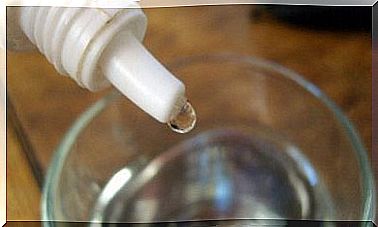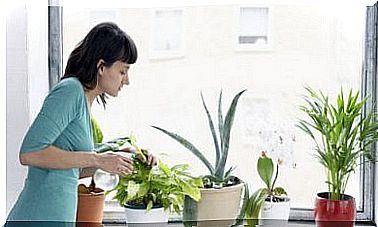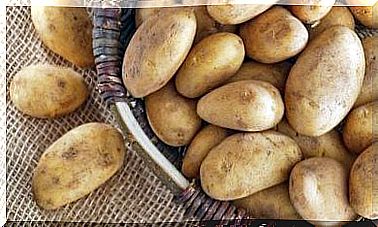Discover 6 Ideas For A Sustainable Garden
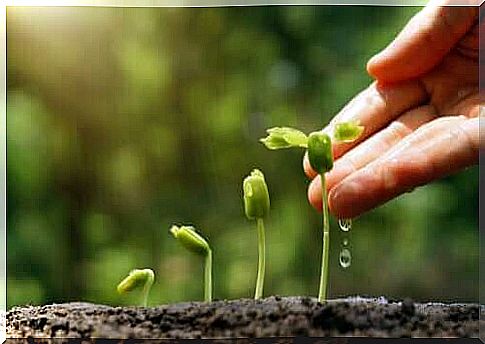
To create a sustainable garden, all you need to do is learn and remember a few of the tips below. Start working on your new project today!
A sustainable garden is characterized by the responsible and efficient use of natural resources. Such a garden respects the different requirements of each plant species and the natural cycles in each area. In other words, it is an ecological and friendly space because it is a product of healthy cultivation practices.
Traditional horticulture has a negative impact on the environment. The reasons are simple: excessive water consumption, the use of pesticides, and the planting of plant species that can harm others. Therefore, a sustainable garden is a great way to support the environment.
What are the advantages and benefits of having a sustainable garden?
Sustainable gardens reduce and reduce water consumption as they can collect rainwater for plant watering.
Besides, they also reduce energy consumption. This is because you can maintain them with your own hands and they require an increased use of organic fertilizers. You make fertilizers from organic waste from your home, which allows you to recycle and use the garbage.
Another benefit is that you can grow your food and natural remedies in your backyard. Sustainable gardening means you plant your own vegetables, fruits and spices. You can also plant medicinal plants such as aloe vera, lavender, and oregano.
A balanced garden: some helpful tips
How can you start creating your sustainable garden?
It’s easier than you might think. You just have to get to work and spend the whole day adjusting your backyard garden.
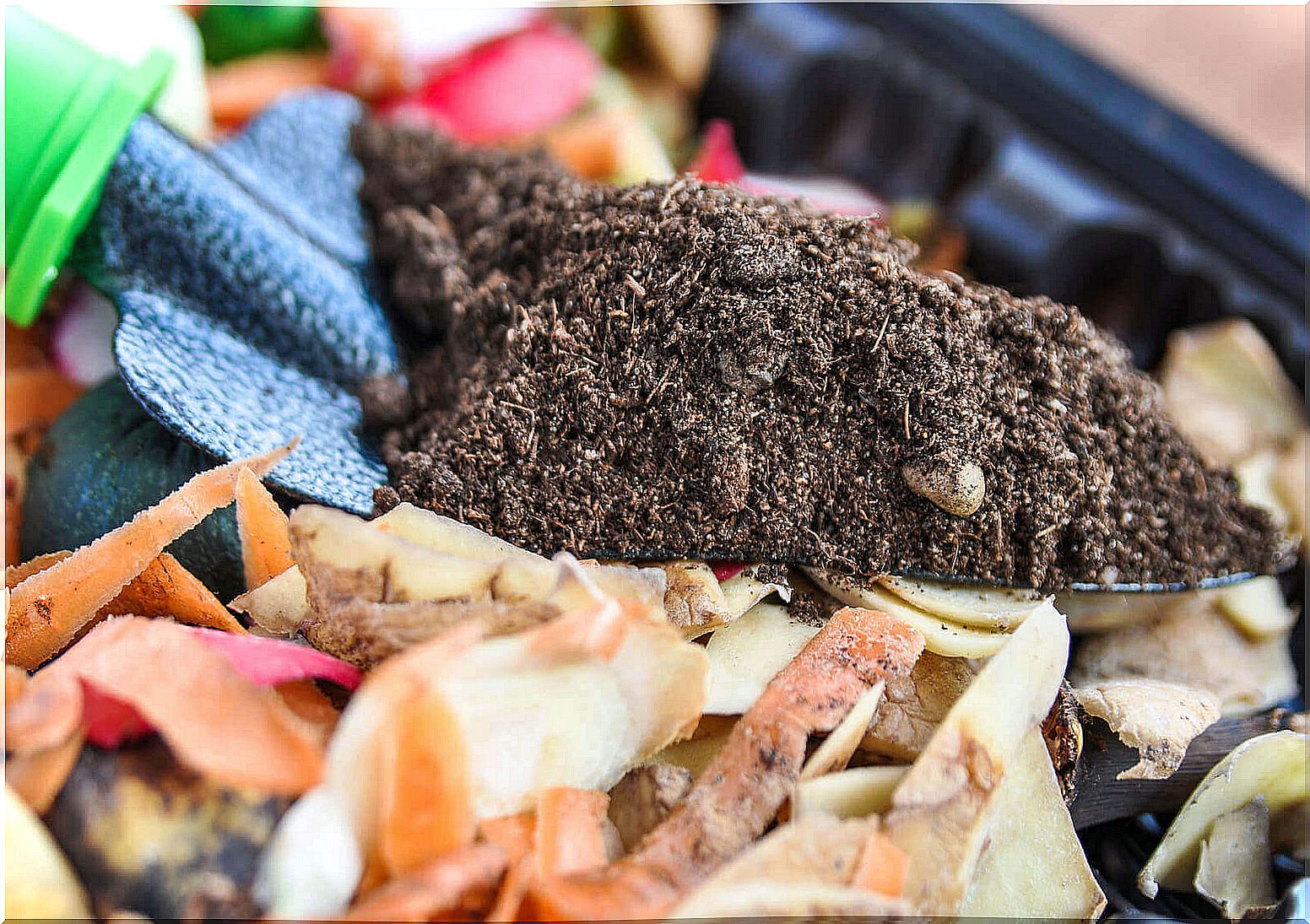
1. Plan your garden
Before you put on your garden mitts, you should consider the selected plants and their characteristics. Shadow-loving plants should be planted under large trees or roofs. Those who love the sun should have plenty of it, and those that need a lot of water should be placed in wet areas.
Therefore, you need to read about each of your plants to find out where you should plant them.
2. Prepare your own compost
Compost is an organic fertilizer that results from the decomposition of organic materials (animal and vegetable waste). Composting is the process of decomposing organic debris that contains microorganisms capable of providing nutrient-rich soil nutrients.
You can make such compost from animal excrement, food scraps, municipal garbage, grains (rice), soil and water. To create it, shovel each of the aforementioned waste layer by layer with a shovel.
Then cover it with plastic to maintain the proper moisture level, and stir it daily to keep the oxygen circulating.
3. Reuse your seeds in a sustainable garden
Reuse vegetable seeds you bought at the supermarket, rather than throwing them away. Then use the seeds obtained from the collected plants again.
Store them in a cool, dry place and describe each type. Thanks to this, you will always have access to peppers, chili peppers, peas, tomatoes and legumes.
4. Plant only local species
If you plant plant species from other countries in your garden, they may turn out to be aggressive towards those you already have. Such plants are considered invasive because they adapt to any environment and begin to multiply and grow out of control.
Invasive species have such a high environmental impact that they can destroy indigenous species or force them to displace, leading to a reduction in environmental biodiversity.
5. Say goodbye to herbicides and chemicals
Herbicides are substances or mixtures used to control unwanted plants. As they contain chemicals, they are harmful to the environment. Therefore, instead of using them, you should pluck the weeds by hand.
You can make a garlic spray for pests. You will only need a head of garlic and two glasses of water. Blend all ingredients, leave the mixture aside for a day, then add three liters of water to it. Fill the sprinkler with it and use this natural insect repellent!
6. Collect rainwater in a sustainable garden
You can collect rainwater in barrels. Place them at the end of the gutters in your home. Store rainwater in a tightly closed container without oxygen, boil it if you can to prevent it from decomposing too quickly, and keep it in 20 liter glass water bottles.
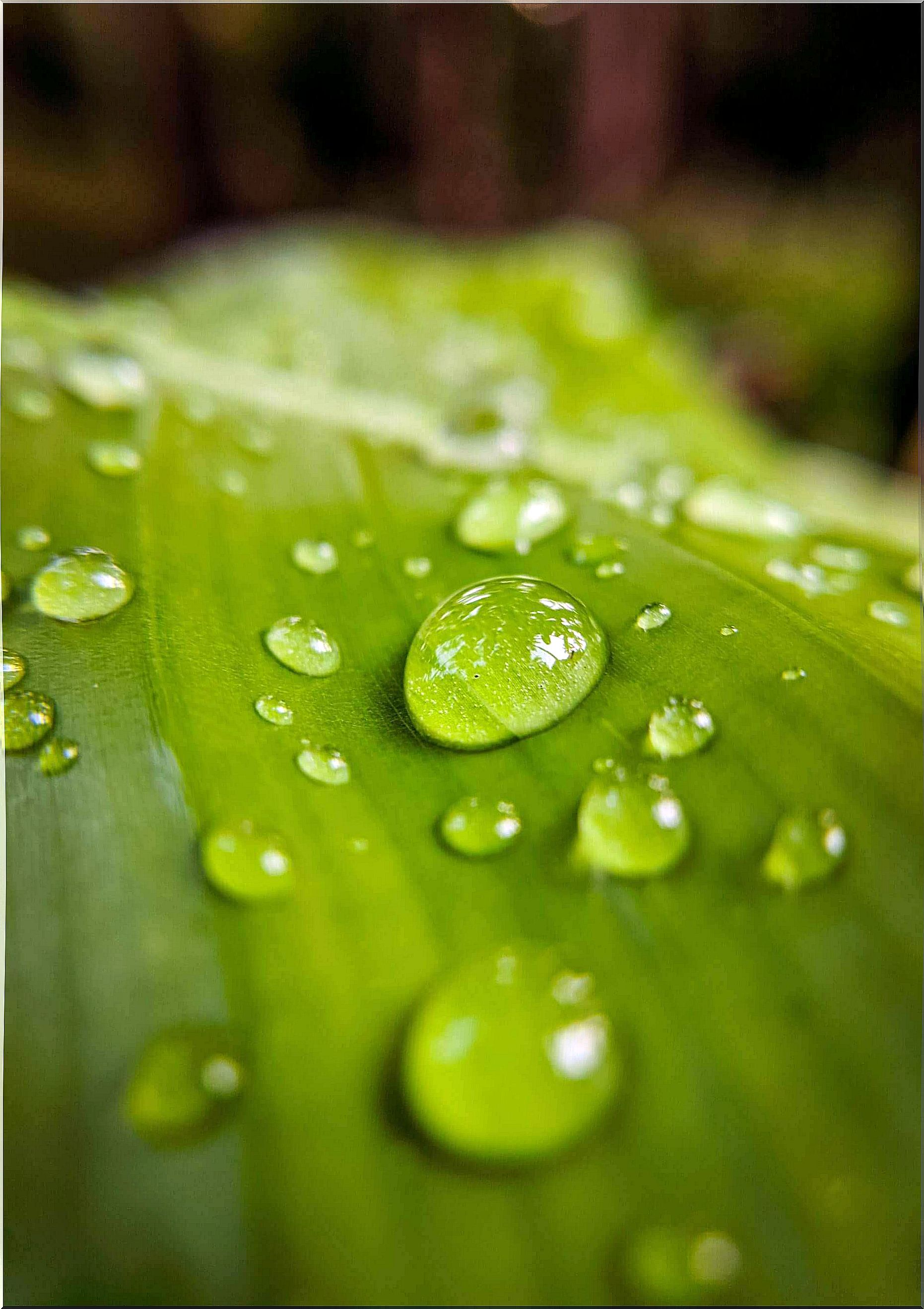
A balanced garden will save you time and money
Growing your own vegetables in your home garden will save you a lot of money and time in the supermarket. You can also use part of the garden to grow medicinal plants to make your own home remedies.
To prevent soil damage, use natural bedding made of gravel, dry leaves or wooden shavings. This minimizes the loss of moisture through the soil and regulates its temperature. Sprinkle a layer of organic matter 5 to 15 centimeters thick.
If you want your garden to become sustainable, expand your knowledge and get to work!
Together, we can protect our natural environment.


